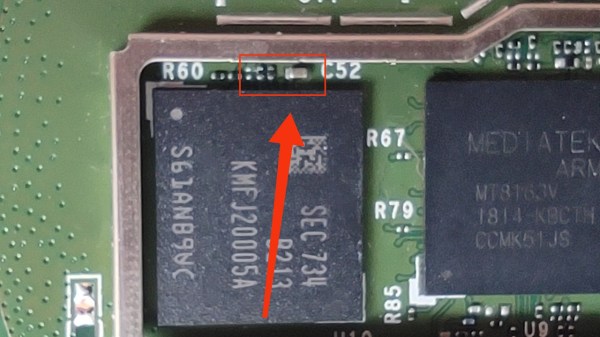A good many of us whiled away the hours of our youths playing Swords Only deathmatch in Halo 2. The Energy Sword, aka the Plasma Sword, was the star of the show, with its devastating glowing blades granting us scoreboard domination. [Arnov Sharma] has now built a quality replica of this science-fiction weapon.
The build starts with a 3D design drawn up in Fusion 360. The parts are then 3D printed, with opaque filament used for the handle and translucent PLA filament for the “blade”. Inside the blade elements are twenty WS2812B LEDs, creating the characteristic glow that made the Energy Sword so tantalizing to find in game. An ATtiny85 is charged with running the LEDs, with the aid of an IP5306 chip to act as a boost converter for the lithium-ion battery supplying the juice.
[Anton] admits that the sword was built for the sole purpose of beautifying his maker space. That’s something we can respect, because we’d love to have one hanging on the wall at home. We’ve featured some other fun gaming replicas before, too.
Continue reading “Building An Energy Sword Replica From Halo“



















